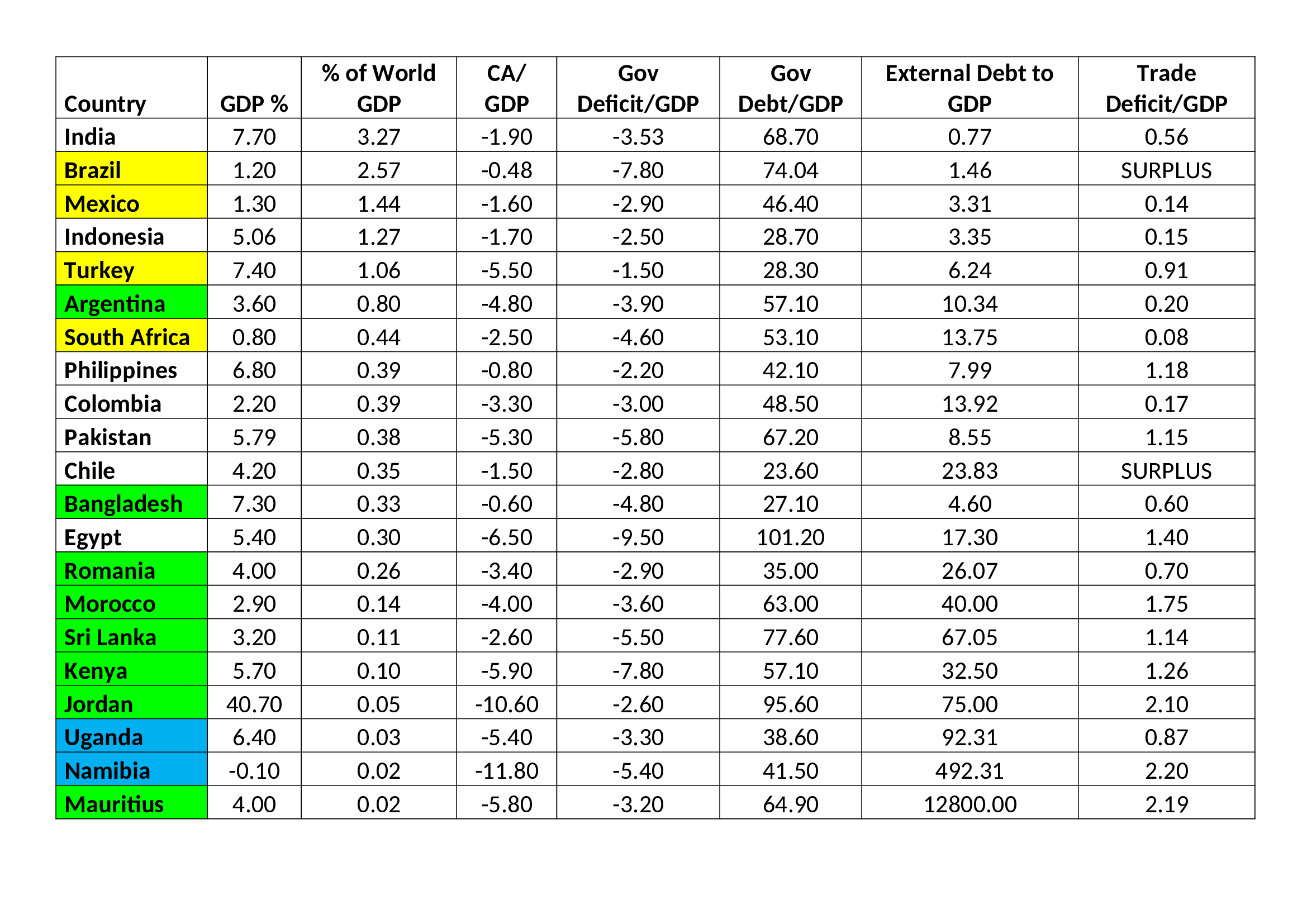What Is Money?
Today we begin with a fundamental question: What is money? This, no doubt, is an important question. And we ask it with clear intent and purpose. Namely, we want to better understand how it’s possible for America to rack up such a massive trade deficit with China.
 China-US imports and exports of goods. It has to be stressed that the most often cited figure is the trade deficit in goods, which is the “scariest” figure. The US surplus in services with China has grown rapidly in recent years. It was $33 billion in 2015, doubling from $16.5 billion just four years earlier. By 2017 it had grown to $38.5 billion. The idea that a trade deficit is somehow “bad” is highly dubious. “Countries” do not trade with each other anyway – individuals and companies do, and they obviously do so because they deem it advantageous for both sides. Moreover, these aggregate statistics obscure more than they reveal. The global supply chain is extremely complex – a single $3 t-shirt “Made in China” will contribute to the incomes of people in some 15 to 20 countries before a consumer in the US plucks it off a shelf at Wal-Mart. If we were to talk incessantly about the US capital account surplus – which offsets the trade deficit – would anyone complain? [PT]
China-US imports and exports of goods. It has to be stressed that the most often cited figure is the trade deficit in goods, which is the “scariest” figure. The US surplus in services with China has grown rapidly in recent years. It was $33 billion in 2015, doubling from $16.5 billion just four years earlier. By 2017 it had grown to $38.5 billion. The idea that a trade deficit is somehow “bad” is highly dubious. “Countries” do not trade with each other anyway – individuals and companies do, and they obviously do so because they deem it advantageous for both sides. Moreover, these aggregate statistics obscure more than they reveal. The global supply chain is extremely complex – a single $3 t-shirt “Made in China” will contribute to the incomes of people in some 15 to 20 countries before a consumer in the US plucks it off a shelf at Wal-Mart. If we were to talk incessantly about the US capital account surplus – which offsets the trade deficit – would anyone complain? [PT]
America’s trade deficit with China, in 2017 alone, was $375 billion. That’s a gap of over $31 billion a month – or $1 billion a day. We believe having a better grasp on what money is will bring clarity to the nasty trade deficit that’s motivating today’s burgeoning trade war.
With respect to our initial inquiry we turn to Victorian economist William Stanley Jevons for edification. In his 1875 work, Money and the Mechanism of Exchange, Jevons stated that money has four functions. It’s a medium of exchange, a common measure of value, a standard of value, and a store of value.
…click on the above link to read the rest of the article…


 Economic cracks big enough to drive a car industry into are opening up all over the globe. Trade gaps are opening up between major allies. Widening spreads between the dollar and other currencies are shredding emerging markets. As we start into summer, these cracks and several others described below have become big enough to get everyone’s attention, just as I said last year would become the situation.
Economic cracks big enough to drive a car industry into are opening up all over the globe. Trade gaps are opening up between major allies. Widening spreads between the dollar and other currencies are shredding emerging markets. As we start into summer, these cracks and several others described below have become big enough to get everyone’s attention, just as I said last year would become the situation.















